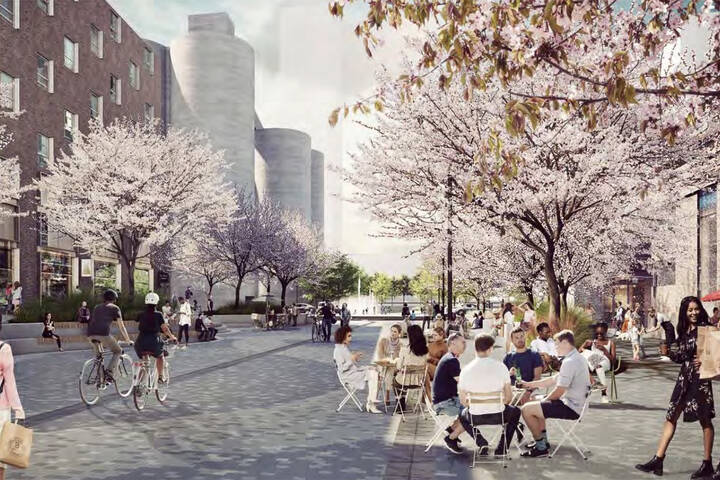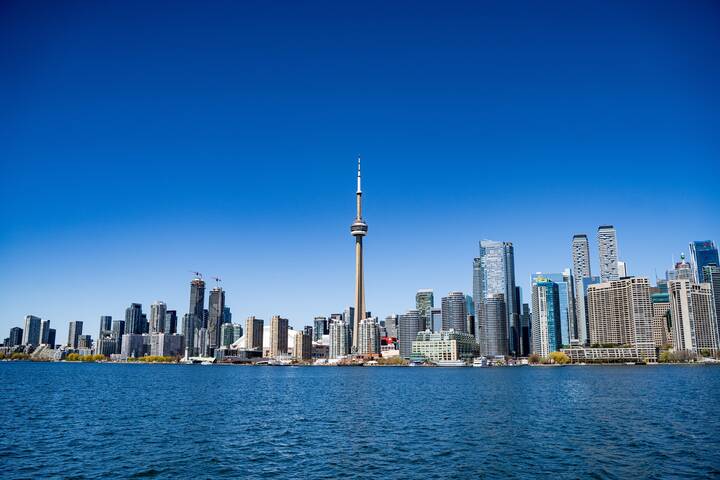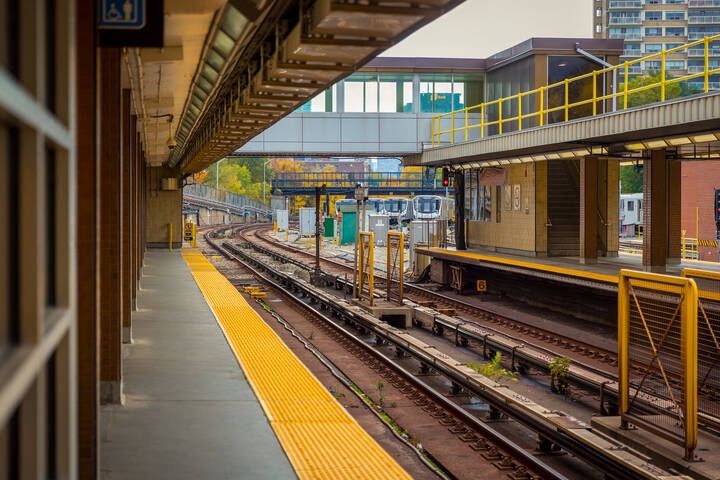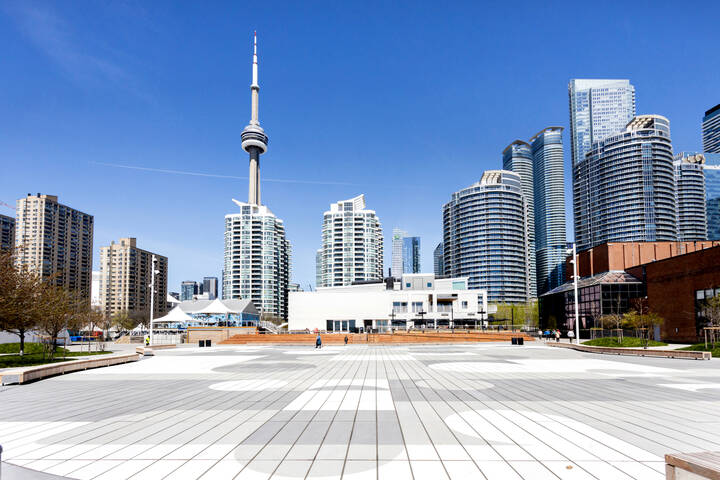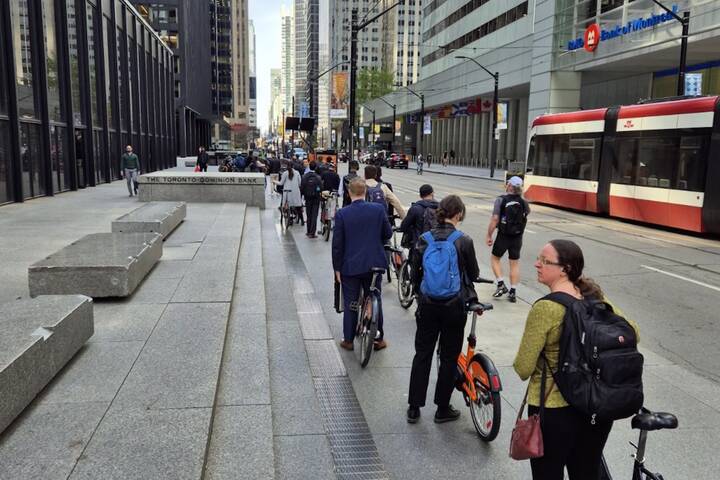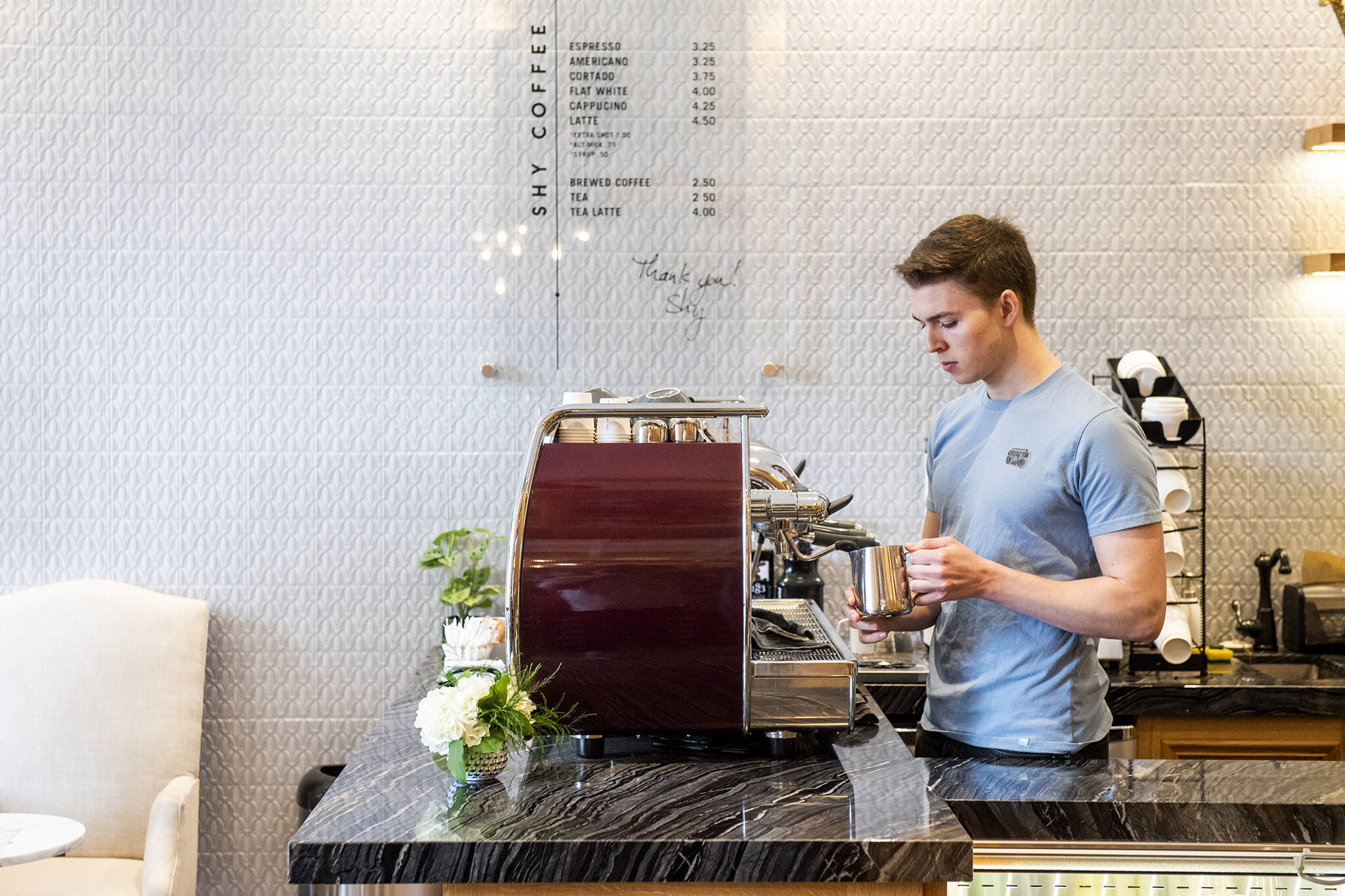
The unofficial guide to tipping etiquette in Canada
For many Canadians, tipping can be confusing and awkward. Figuring out when and how much you should tip is daunting, especially since the practice varies heavily across service sectors.
From restaurants to hotels to hair and nail salons, the unspoken rules of tipping can be murky, especially during an ongoing pandemic and surging inflation.
But not to worry, we've created the ultimate guide on where, when and how much you should tip, with advice from an etiquette expert and people who work in these industries.
When and where you're always expected to tip
According to Toronto-based etiquette expert Lisa Orr, you're always expected to tip at establishments where you experience extra service. This includes restaurants and personal-care locations like salons and spas; businesses that don't require tips are professional services.
"You don't tip your doctor, accountant, or dentist. That's the difference [between] personal services and professional services," Orr explained.
We've broken down the services that may make you stop and consider whether you have to tip into three basic categories: food services, personal care services, and accommodations and transportation.
Restaurants
According to a Restaurants Canada spokesperson, the industry standard for tipping is between 15 and 18 per cent.
However, the non-profit organization representing the food service industry released a survey in April which found that 44 per cent of Canadians have been tipping more than before the pandemic.
Orr says that it can depend on where you are, and often, the options you read on credit card machines set the tipping bar.
She adds that a 15 per cent tip used to be the max customers would give, and it meant you did a good job.
"Now, 15 per cent is typically the bottom of the range," Orr explained. "It's an interesting shift. The average is much closer to 18 per cent now, sometimes 20 per cent depending on the location."
If you are dining with a large party at a restaurant (in a group of more than five people), Orr says it's generally custom to tip 18 to 20 per cent. She also advises reading through your receipt if a service charge is already included.
Coffee Shops or Bars
Shell Halim, who works at Shy Coffee Co. in Toronto, says tipping at cafés isn't mandatory but appreciated.
"We're providing a service by handcrafting drinks for hours daily and cleaning after patrons," she told us over email.
Halim says that ideally, people tip somewhere between 10 to 20 per cent, but they aren't opposed to a lower or higher tip.
According to Orr, if there were to be a hierarchy for tipping, restaurants would be at the top, followed by bars and coffee shops.
However, she says to consider the amount of service you receive because it can differ at each establishment. She gives the example of a bar serving food and the same thing with cafés that go beyond making you a cup of coffee.
So, what if you don't tip? Halim usually brushes it off because it isn’t mandatory, especially if the order is straightforward.
However, if customers have a complicated or extensive order and don't tip, she says it doesn't go unnoticed.
Takeout
For large takeout orders, etiquette experts recommend a 15 per cent tip. Tips aren't required if you order takeout at a fast-food restaurant or coffee shop, but they are still appreciated.
Even dropping one to two dollars in change into the tip jar helps.
Food Delivery
The recommended is 15 to 20 per cent, especially if they must deliver in bad weather or a hard-to-find, hard-to-reach location.
Hair and Nail Salons
Orr's rule for hair salons is to tip in the five to 10 per cent range.
An example Orr has seen is someone receiving high-end service for a $400 blowout and paying a $25 to $40 tip, which is about 10 per cent. She also says you can round up and give an extra $10.
Thu Nguyen, a nail tech at a salon in Barrie, Ontario, says tipping is not mandatory but appreciated.
"I don’t see the difference between tipping a nail artist and a waitress," she told us. "It's a service at the end of the day. Tip based on your experience with the nail tech!"
She suggests giving a $5 minimum tip, but it also depends on what service you're receiving. For example, a pedicure and artificial nails require more time and skill.
Spas and massages
Orr says massage therapists can sometimes fall under the category of a professional service like chiropractors and physiotherapists. Your insurance could cover the service, so you won’t need to tip.
If your massage isn’t covered by insurance, and you find the card machine prompting you to tip, Orr suggests tipping in the 5-10 per cent range.
A similar gratuity range is also suggested for spas.
Hotels
Before withdrawing cash from your bank, Orr advises checking the hotel's policy.
"Some hotels now have no-tipping policies," she said. "It's very much built into their experience… so you don't need a handful of bills to be handing out to people all the time."
While tipping the housekeeping team is still common practice, she says it's not mandatory.
Orr's rule of thumb is tipping $10 a night, but it ultimately depends on the amount you’re comfortable with. She adds that you don’t need to leave a tip every day, just at the end of your stay.
There is, however, still an expectation to tip bellhops or door people. Orr says a typical tip for baggage delivery is one to two dollars a bag.
She advises researching beforehand because the tipping culture may differ among regions, especially in certain countries.
Coat Check
If there's already a fee for coat check, Orr says there's no need to tip. Otherwise, it's usually customary to tip $2 per coat.
Rideshare
According to Ridester, which provides expertise in the rideshare industry, a good rule of thumb is 15-20 per cent.
It also suggests tipping a dollar or two on short rides under $10 and $5 on longer rides over $10.
Uber and Lyft say 100 per cent of the tip goes to drivers.
Should you tip before or after tax?
For sticklers, Orr says you should calculate the tip percentage before the taxable amount since that money's going to the government and not the workers.
If you’re paying a small price, you may accept the machine's options because who wants to do all that math?
"But just know that it's totally reasonable to calculate it yourself and leave that custom tip," she clarified.
She suggests calculating a tip before tax when paying a hefty bill — for example, if you've dined in a large group.
Cash or card?
At the end of the day, it's a personal choice, but Orr says that tipping with cash assures that the money will get distributed to the rest of the staff, especially at a restaurant.
She does acknowledge that because of the pandemic, many establishments are cashless.
In a coffee shop context, Halim thinks tipping with a card is better.
"Unfortunately, people steal tips from the cash jar quite often," she explained.
At nail salons, Nguyen highly recommends tipping with cash because nail techs get 100 per cent of their tips.
"Tips are only split if it takes more than one person to give someone a service," she said and added that if that's the case, the tip is split as equally as possible among every technician.
Why are tips important?
Many service industry employees rely on tips for their income because most are still earning minimum wage. In Canada, the minimum wage differs among provinces, but it ranges from $13 to $16.77.
"When we get tips… that often contributes a lot to our groceries or gas money, essentially any necessities," explained Halim.
Many argue that it's not on the customer but on the businesses to pay their employees a living wage, but Orr says it's not that simple.
She gives examples of restaurants that tried to eliminate tipping. But establishments must often raise menu prices to pay workers a living wage.
"I think restaurants that have tried to make [the tip] a part of the menu, to say 'this is how much food actually costs,' have had pushback from customers," explained Orr.
When in doubt....
Ask! There are many more services than the ones we’ve outlined here that could prompt you for a tip.
"'I'd like to leave a tip, but I'm not sure what's the standard.' That's a totally reasonable question," Orr said.
Hector Vasquez
Latest Videos
Latest Videos
Join the conversation Load comments

